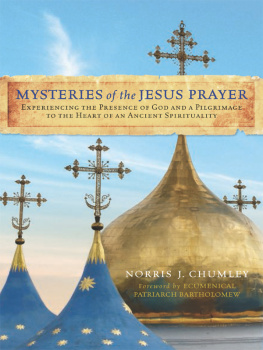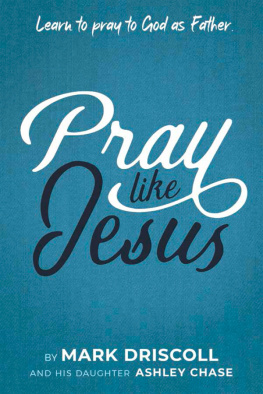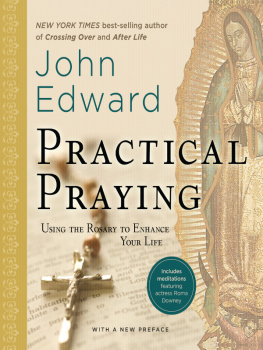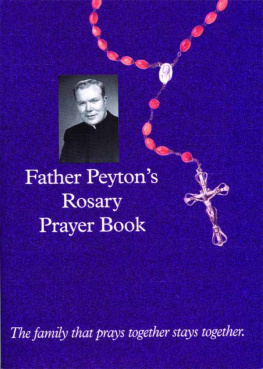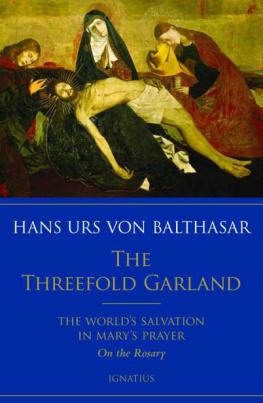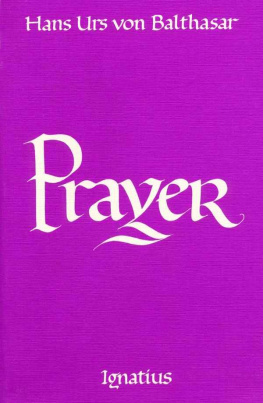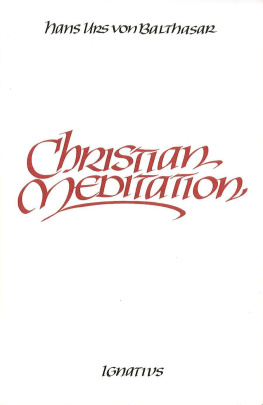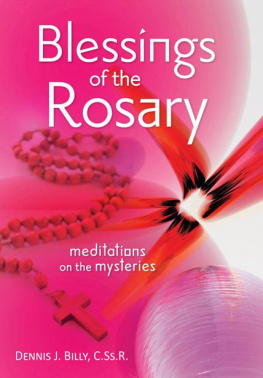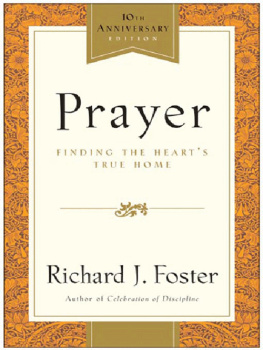PRIESTHOOD AND DIACONATE
GERHARD LUDWIG MLLER
PRIESTHOOD
AND
DIACONATE
The Recipient of the Sacrament of Holy Orders
from the Perspective of
Creation Theology and Christology
Translated by Michael J. Miller
IGNATIUS PRESS SAN FRANCISCO
Title of the German original:
Priestertum und Diakonat
Der Empfnger des Weihesakramentes
in schpfungstheologischer und christologischer Perspektive
2000 Johannes Verlag, Einsiedeln, Freiburg
Cover art Christopher J. Pelicano
Cover design by Roxanne Mei Lum
2002 Ignatius Press, San Francisco
All rights reserved
ISBN 978-0-89870-892-9
Library of Congress Control Number 2001094786
Printed in the United States of America
CONTENTS
A response to Dorothea Reiningers study on the diaconate of women
Was the office of the deaconess part of Holy Orders ?
The consecration of deaconesses was not an ordination of women to the diaconate
A sacramental understanding of the office is incompatible with the Junctional specifications
Can dogmatic problems be decided by pastoral considerations ?
The job description for the female diaconate has no theological foundation
1.1 The theological right to the question, Why not ?
The Churchs teaching
Difficulties in understanding
A new horizon of experience
The search for the correct hermeneutic
1.2 The right to a theological answer
The unconditional character of the faith and the historical limitations of plausibility
2.1 The historico-theological hermeneutic of the Catholic faith
2.2 The sacramental character of the Church as the foundation for historical doctrinal decisions
2.3 Is the person of the recipient part of the essence of the Sacrament of Holy Orders ?
What does the essence of a sacrament mean ?
The difference between man and woman as an essential element in the Sacrament of Matrimony
The relatedness of man and woman as an essential element in the sacramental sign of priesthood
2.4 Anthropological notes on the difference between the sexes
Corporeality as the archetypal sign in human communication
Marriage as the archetypal symbol of Gods covenant with Israel / the Church
The unity and diversity of man and woman in Christ
The symbolic representing of Christ, the new Adam, in the priests masculinity
3.1 The Incarnation of the Word in the man Jesus of Nazareth: Christ as Bridegroom of the Church
3.2 The Church as the Bride of Christ: The communion of men and women in the Body of Christ, the Church
3.3 The apostles as forefathers of the People of God in the final age and representatives of the original relation of Christ to the Church
The calling of the Twelve
Christs presence in those whom he has sent
The apostolate of the Twelve and of Paulthe dynamic origin of the priestly ministry of teaching and shepherding
Priests and laity
3.4 In what sense are bishops and presbyters priests ?
3.5 In the early Church, who could receive Holy Orders validly ?
3.6 The theological relevance of the Churchs practice of conferring Holy Orders only on baptized males
A note on the style of argumentation
Evidence from the apostolic and postapostolic age
Evidence from the patristic age of the Churchs beliefs
Evidence of the Churchs beliefs in the Middle Ages and the modern era
3.7 The suitability arguments of classical theology for the praxis Ecclesiae
The relation between positive and speculative grounds
Presuppositions in the argumentation of Thomas Aquinas
Toward an understanding of the ministerial priesthood in Aquinas
The Scholastic question about the recipient of the Sacrament of Orders
Some reasons of suitability given by Aquinas
3.8 The unanimous belief of the Church in the modem era until the debate about womens ordination after Vatican II
1.1 Christ as Deacon
1.2 The apostolic ministry as a representation of Christs diakonia to the Church
2.1 Toward a theological hermeneutic of Church history and of the pertinent documents
2.2 A particular helping ministry develops from the apostolate
2.3 The differentiation and definition of a degree of Orders distinct from the episcopacy and the presbyterate
3.1 Ecclesial office or degree of sacramental Orders ?
3.2 The theological form of an ecclesial office for women
FOREWORD
The greatest challenge facing the Church in Europe and North America is to find a new and credible way to proclaim the gospel. Do we as Christians bear witness to our faith in Jesus Christ, and do we live it in such fashion that he can show man the way and strengthen him through the Spirit in order to be worthy of his destiny, that is, the supreme destiny of fellowship with the triune God? (Second Vatican Council, Gaudium et spes 10). The mystery of his existence becomes clear to man when by faith he recognizes that Jesus Christ, the Son of God, is the key, the center, and the purpose of all human history, and when he embraces this truth by a life of following Christ.
This must be the concern dearest to the heart of the Church and of every Christian, in the parishes and in the study of theology, especially at the threshold to the new millennium, when Christianity can look back with gratitude on the two thousand years of its history since God became man for us and for our salvation. All of our efforts to proclaim the faith and to study it theologically ought to be consolidated with a view to this one theme.
Then again, there are the provocative themes, which often demand all the attention and which, considered in and of themselves, are worthy of all sorts of theological investigation. The discussion about the possibility of ordaining women as priests and deacons has led the Anglican Communion into an endurance test. The Churchs Magisterium has interpreted the tradition of the Catholic Church, which it shares with the Orthodox Churches and which was reiterated by Pope John Paul II in his apostolic letter Ordinatio sacerdotalis (1994), as a divinely revealed truth and a doctrine that binds in faith. This makes clear that the Churchs practice in this regard cannot be interpreted as a concession to the customs of an age, for instance to a discrimination against women on sociological grounds. At the same time, however, theology must also take up the task of describing anew the active cooperation of women in the life and mission of the Church. It must do this against a twofold background: first, in light of an ecclesiology of communio , which goes beyond every clericalistic restriction of the concept of Church; and simultaneously with reference to a more profound anthropology, in the context of the social and cultural conditions in which women and men live, which have completely changed since the Industrial Revolution.
As a consultant to the Doctrinal Commission of the German Bishops Conference and as a member of the International Theological Commission, I have dealt on several occasions with questions about ordaining women to the priesthood or to the diaconate. Besides a few essays, these investigations resulted in two books, Frauen in der Kirche [Women in the Church] and Der Empfnger des Weihesakraments [The Recipient of the Sacrament of Holy Orders], both of which were published in 1999 by Echter Verlag, Wrzburg.
In many reviews and also in personal conversations I was called on to collect in one volume these contributions to a systematic theology of the priesthood and the diaconate, thus making them more easily accessible. The contributions that are reprinted here have been revised and in part considerably expanded and updated.
I hope that a fair and free discussion of controversial themes can help to overcome tensions within the Church. The purpose of this volume is to communicate a theological insight into and understanding for the causes and the intrinsic meaning of the Churchs doctrine and practice. No one could ever accept a situation in which Christian women, who for two thousand years have been important collaborators in the Churchs mission, found themselves restricted to a secondary role because of the Churchs doctrine on the recipient of Holy Orders or felt that their dignity as women and human beings was being slighted.
Next page



